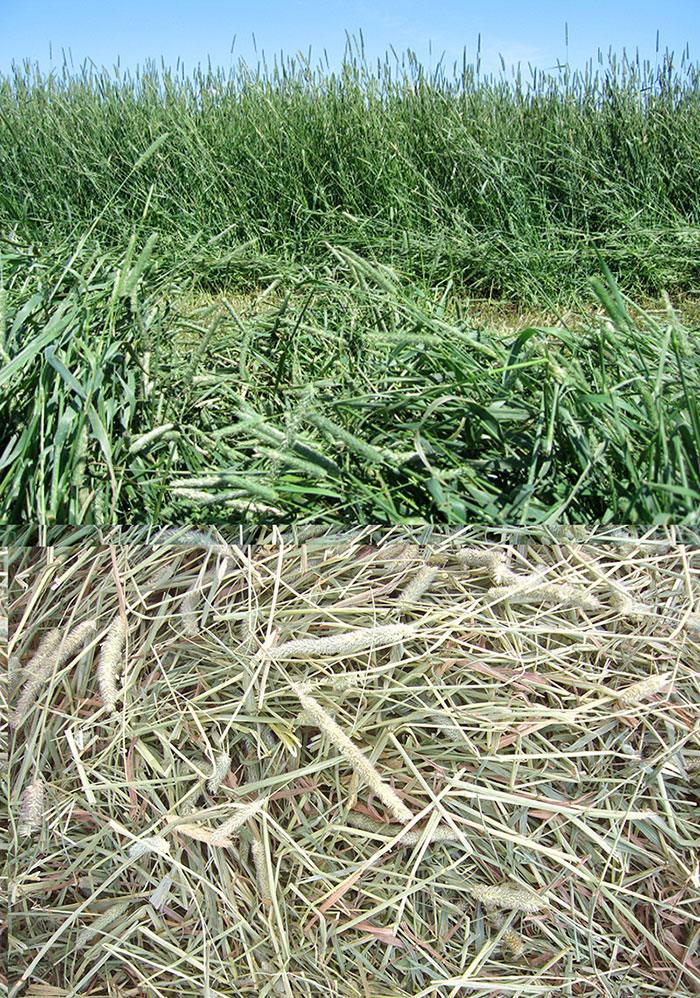As a livestock owner or small animal caretaker, you understand the importance of providing the best nutrition for your animals. With numerous hay options available, it’s crucial to find the most nutritionally balanced hay that meets your animals’ dietary needs. Two of the most popular types of hay used for livestock are legumes and grass hay, with alfalfa and timothy hay being the most well-known, respectively. This article will focus on the benefits of timothy hay and why it’s an excellent choice for a variety of animals.
Timothy hay is a premium feed option due to its specific qualities, making it ideal for many feed programs. This cool-season grass thrives in regions with a cool spring and harsh winters but requires adequate irrigation to avoid drought damage. Most timothy hay production occurs near the base of major mountain ranges, where winds help dry the hay before sun bleach sets in.
As a grass hay, timothy hay is characterized by long, hollow stems that can grow up to 60 inches tall with leaves up to 17 inches long. Its distinctive heads, or inflorescence, are densely packed with spikelets that flower when mature.
Nutritionally, timothy hay contains 7 to 11 percent crude protein and 0.38 to 0.51 percent calcium, with a digestible energy of 0.82 to 0.94 megacalories (Mcal) per pound. Timothy hay is ideal for horses and cattle due to its low protein, high fiber, and high energy content, which make it easily digestible. It can be fed regularly without providing excess calories and protein, making it an excellent choice for less active and stabled horses. For livestock with higher protein requirements, it’s often combined with alfalfa or another legume in a comprehensive feed program.
In addition to horses and cattle, other animals such as goats, camels, and sheep benefit from timothy hay in their diets. It’s also a popular feed option for small animals like rabbits, chinchillas, degus, and gerbils due to its high fiber content, which is essential for their digestive health.
In summary, timothy hay is a nutritious and versatile feed option for a variety of animals. Its low protein and high fiber content make it ideal for regular feeding without overloading on calories or protein. When considering the best hay options for your animals, don’t overlook the nutritional powerhouse that is timothy hay.
Are you looking for high-quality timothy hay for your livestock? Look no further! Our timothy hay is grown and harvested with care to ensure the best nutritional value for your animals. Click here to order your timothy hay today and see the difference it can make in your animals’ health and well-being!







